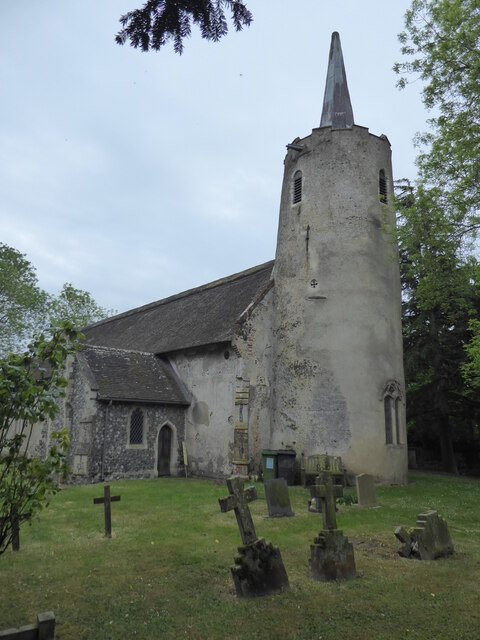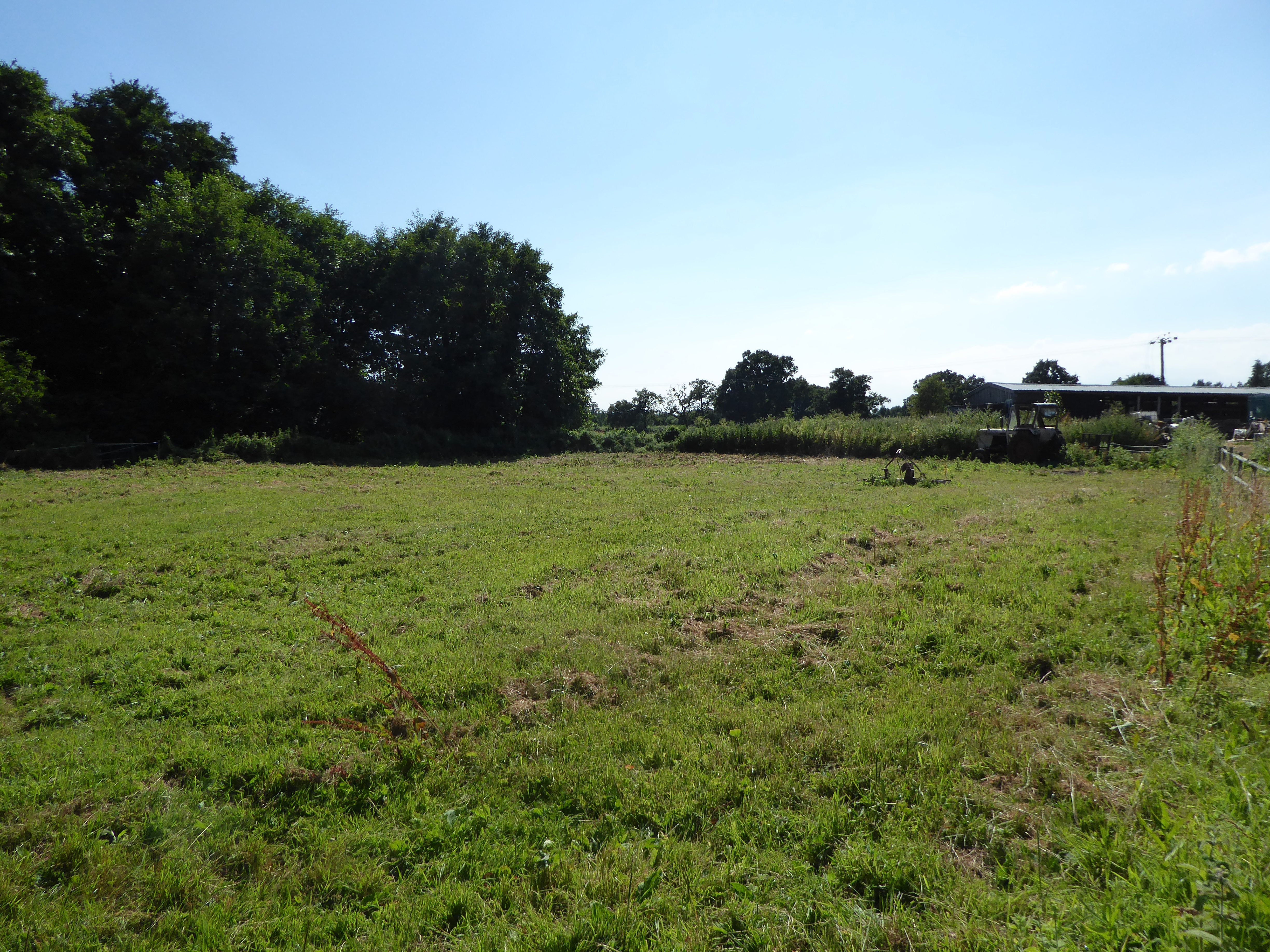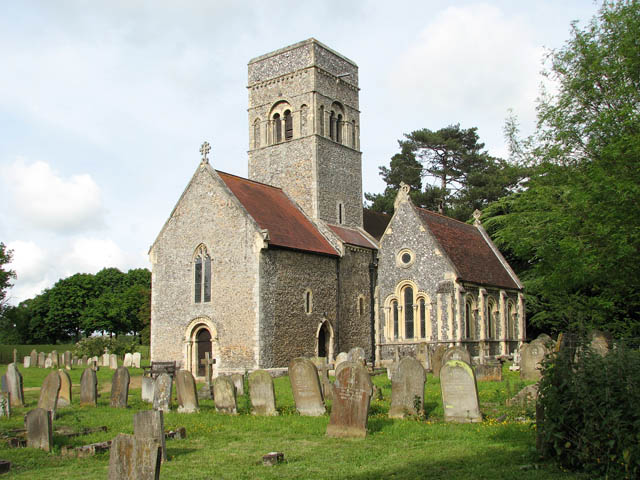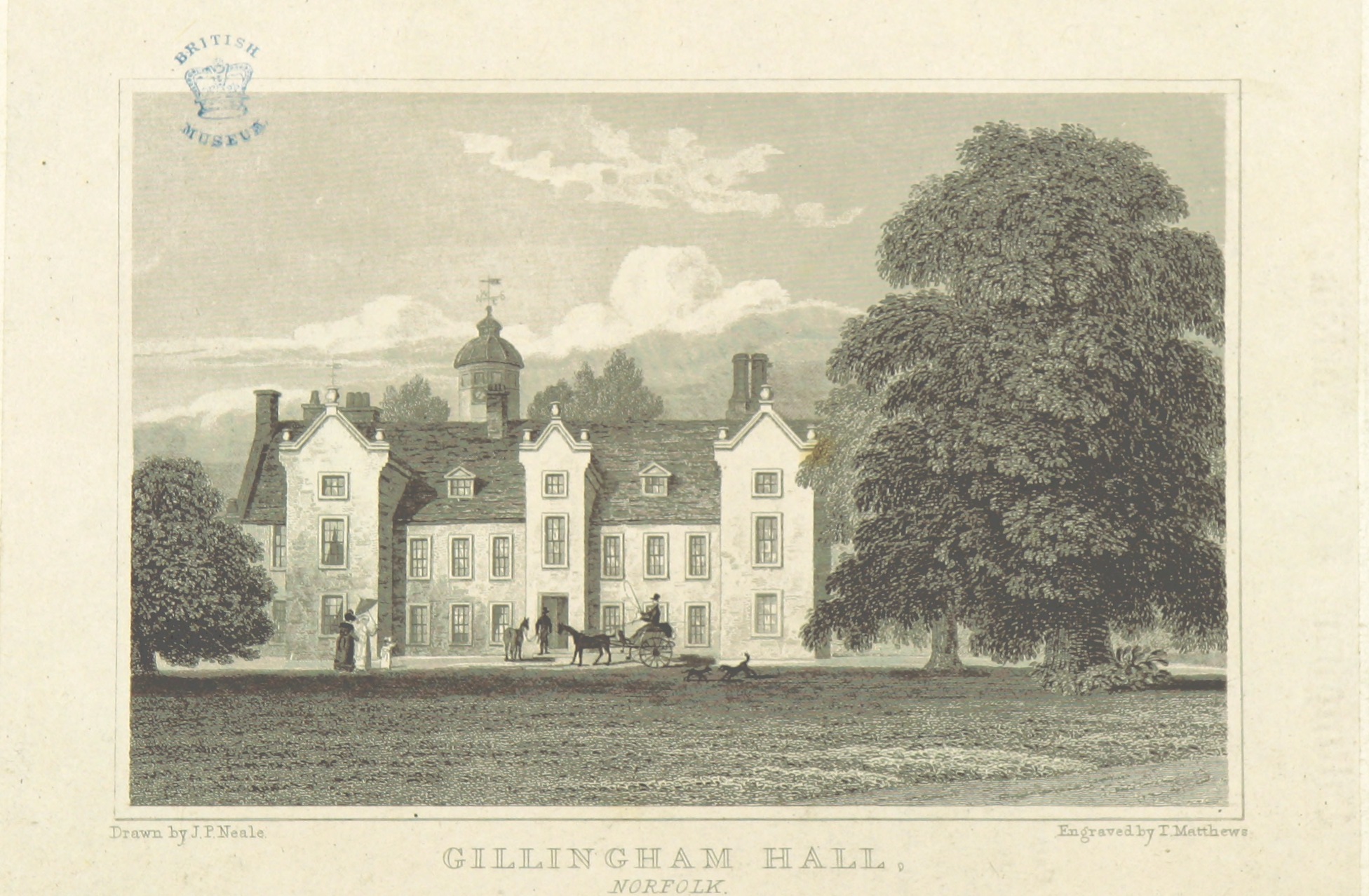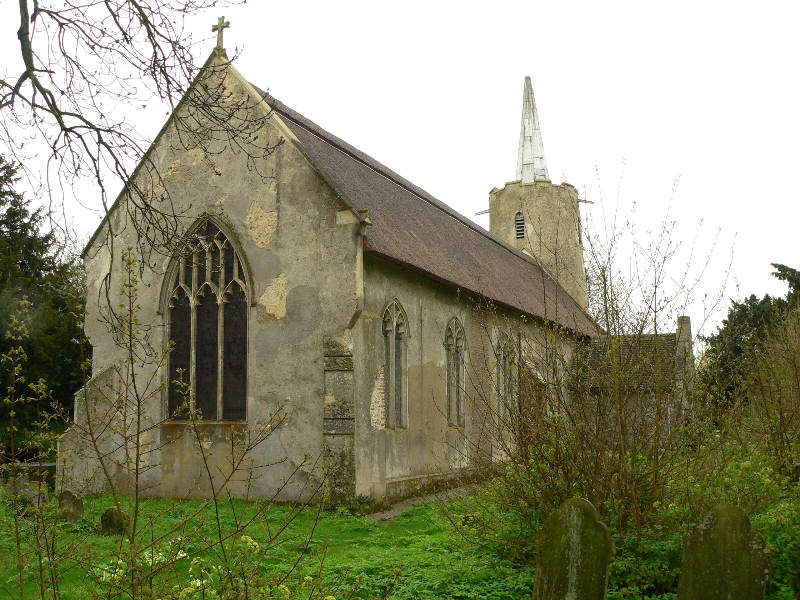Brick Kiln Plantation
Wood, Forest in Norfolk South Norfolk
England
Brick Kiln Plantation

Brick Kiln Plantation, located in Norfolk, England, is a picturesque wood and forest area that covers approximately 500 acres of land. It is a designated Site of Special Scientific Interest (SSSI), recognized for its rich biodiversity and unique ecosystem.
The plantation is predominantly composed of ancient woodland, characterized by a diverse array of tree species, including oak, beech, ash, and birch. These trees provide a dense canopy, creating a tranquil and shaded environment within the forest. Underneath the towering trees, there is an abundance of plant life, such as bluebells, wild garlic, and ferns, creating a colorful and vibrant understorey.
The woodland is home to a wide range of wildlife, making it a haven for nature enthusiasts. Visitors to Brick Kiln Plantation may be lucky enough to spot deer, foxes, badgers, and a variety of bird species, including woodpeckers, owls, and songbirds. The forest also supports a diverse insect population, attracting butterflies, bees, and dragonflies.
The plantation offers several walking trails and paths, allowing visitors to explore the natural beauty of the area. These trails wind through the forest, providing opportunities for peaceful walks, birdwatching, and photography. Additionally, there are picnic areas and benches scattered throughout the site, providing visitors with a chance to relax and enjoy the tranquil surroundings.
Brick Kiln Plantation, with its ancient woodland, diverse wildlife, and well-maintained trails, offers a serene escape from the hustle and bustle of daily life. It is a place where visitors can connect with nature, immerse themselves in its beauty, and appreciate the importance of preserving such valuable ecosystems.
If you have any feedback on the listing, please let us know in the comments section below.
Brick Kiln Plantation Images
Images are sourced within 2km of 52.477621/1.5313123 or Grid Reference TM3992. Thanks to Geograph Open Source API. All images are credited.






Brick Kiln Plantation is located at Grid Ref: TM3992 (Lat: 52.477621, Lng: 1.5313123)
Administrative County: Norfolk
District: South Norfolk
Police Authority: Norfolk
What 3 Words
///rugs.troubles.notifying. Near Beccles, Suffolk
Nearby Locations
Related Wikis
Haughey Air AgustaWestland AW139 crash
On 13 March 2014, an AgustaWestland AW139 helicopter of Haughey Air crashed shortly after taking off at night in fog from Gillingham, Norfolk, United Kingdom...
Geldeston Meadows
Geldeston Meadows is a 14-hectare (35-acre) biological Site of Special Scientific Interest near Geldeston in Norfolk. It is part of the Broadland Ramsar...
Gillingham, Norfolk
Gillingham ( GHIL-ing-əm) is a small village and civil parish in the English county of Norfolk. The villages is located 1.5 miles (2.4 km) north-west...
Geldeston
Geldeston is a village and civil parish in the English county of Norfolk. The village is located 2.5 miles (4.0 km) north-west of Beccles and 14 miles...
Gillingham Hall
Gillingham Hall is a Jacobean manor house in the village of Gillingham, Norfolk, England. It is a Grade II* Listed Building.The house has 10-bedrooms and...
Geldeston railway station
Geldeston (also Geldeston Halt) was a station on the Waveney Valley Line serving the village of Geldeston, Norfolk. It was operational for passenger services...
Stockton, Norfolk
Stockton is a small village in Norfolk, England near the A146, just over 2 miles from Beccles. It covers an area of 3.65 km2 (1.41 sq mi) and had a population...
Leet Hill, Kirby Cane
Leet Hill, Kirby Cane is a 6.5-hectare (16-acre) geological Site of Special Scientific Interest in Kirby Cane in Norfolk. It is a Geological Conservation...
Nearby Amenities
Located within 500m of 52.477621,1.5313123Have you been to Brick Kiln Plantation?
Leave your review of Brick Kiln Plantation below (or comments, questions and feedback).







